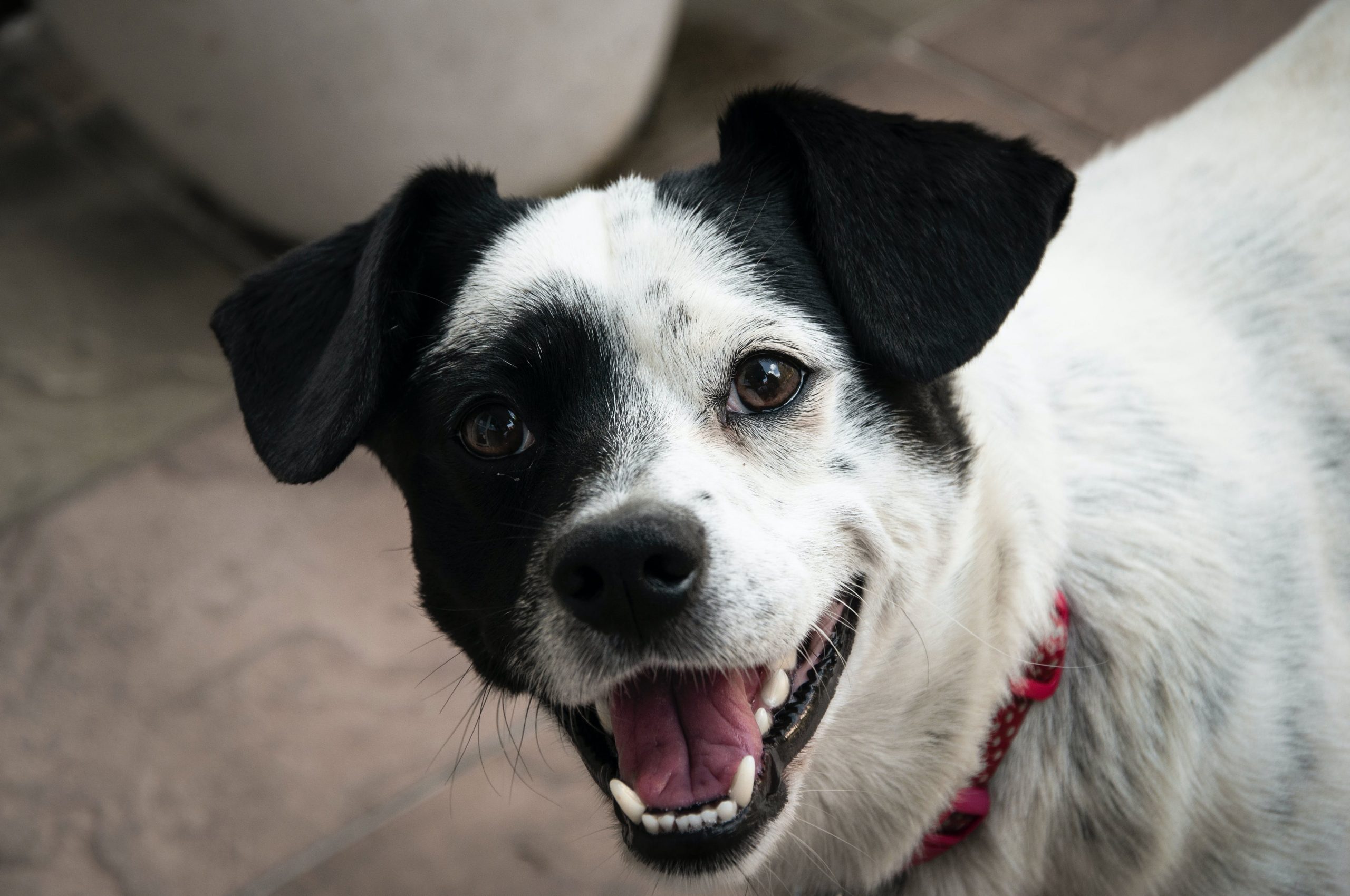Dogs communicate a lot of information through their eyes, giving subtle signals about their emotional state, intentions, and needs. Unlike humans, who rely heavily on verbal communication, dogs use their eyes as powerful tools for nonverbal expression, connecting with their canine companions and human counterparts. How a dog looks at you can reveal everything from trust and affection to fear, aggression, or pain. Recognizing and interpreting these visual cues is vital to understanding and responding to our dogs’ needs, ensuring their well-being and strengthening our bond. This article will explore nine ways that dogs communicate through their eyes, shedding light on the meanings behind various looks and eye movements. We can foster a deeper, more empathetic connection with our furry friends by becoming more attuned to our dogs’ ocular expressions.
1. Direct eye contact
In dogs, direct eye contact can indicate trust and confidence with a relaxed posture and soft eyes. This type of eye contact means a strong bond between the dog and its owner, indicating comfort and affection. However, in different contexts, direct eye contact can also be perceived as a challenge or threat in the dog world, especially if it comes from an unknown person or dog. To correctly interpret its meaning it is necessary to understand the nuances of direct eye contact and the body language associated with it.
2. Avoiding eye contact
Avoiding eye contact may be a sign of submission or discomfort. Dogs suffering from anxiety, fear, or guilt may avoid eye contact, indicating their desire to avoid confrontation. This behavior may also indicate a high level of respect for the person or animal they are interacting with, acknowledging their dominance. Recognizing when a dog intentionally avoids eye contact can help assess their comfort level and emotional state.
3. Squinting or blinking
Squinting or blinking in dogs can be a sign of affection or a non-threatening gesture. When a dog squints or blinks slowly at you, it is often called a “doggy kiss” and shows trust and love. This gentle eye movement may indicate submission, indicating that they are not a threat. Interpreting these signals correctly can increase communication between dogs and their owners, strengthening positive relationships.
4. Wide eyes or “whale eye”
When a dog shows the whites of its eyes more than usual, often referred to as “whale eyes”, it may indicate stress, fear, or aggression. This is usually seen when the dog feels threatened and tries to keep an eye on the potential threat while avoiding confrontation. Recognizing this sign is important to prevent situations that can turn into fear-based aggression.
5. Hard stare
A challenging, fixed stare is often a precursor to aggressive behavior in dogs. This intense gaze may indicate that the dog is focused on a target and may attack if provoked. This is a clear warning to back off and give the dog space. Understanding this manifestation can help prevent potentially dangerous situations by allowing timely intervention.
6. Gentle sight
A soft look, where the dog’s eyes appear relaxed and gentle, symbolizes contentment and trust. This expression often occurs during peaceful interactions with their owners, indicating a deep bond and emotional security. Recognizing and responding to a soft gaze can strengthen the bond between the dog and its owner.
7. Looking back or examining
Dogs often look back at their owners or “check-in” during walks or in new environments. This behavior indicates that they seek reassurance or guidance from their trusted partner. It symbolizes a respectful and secure relationship, showing that the dog values its owner’s presence and direction.
8. Rapid eye movements
Rapid eye movements in dogs, especially when accompanied by other signs of alertness, may indicate excitement or interest in something. This could be a reaction to seeing a squirrel, another dog, or anything that piques their curiosity. Recognizing this cue can provide insight into what attracts your dog’s attention and how they react to stimuli.
9. Half closed eyes
A dog’s half-closed eyes can be a sign of relaxation, contentment, or even happiness. This expression is often seen when the dog is being pet or taking a nap in a comfortable place. This indicates that the dog feels safe and comfortable in its environment.
A dog’s eyes are windows into their emotional world, conveying a wide range of emotions and intentions without so much as a bark. Every glance has meaning and context, from direct eye contact and a sideways glance to wide eyes and a soft gaze. By interpreting these eye signals, owners can better understand and connect with their dogs, ensuring that their needs and feelings are understood. This silent language of the eyes deepens the bond between dogs and humans, enriching the relationship with trust, empathy and mutual respect.

